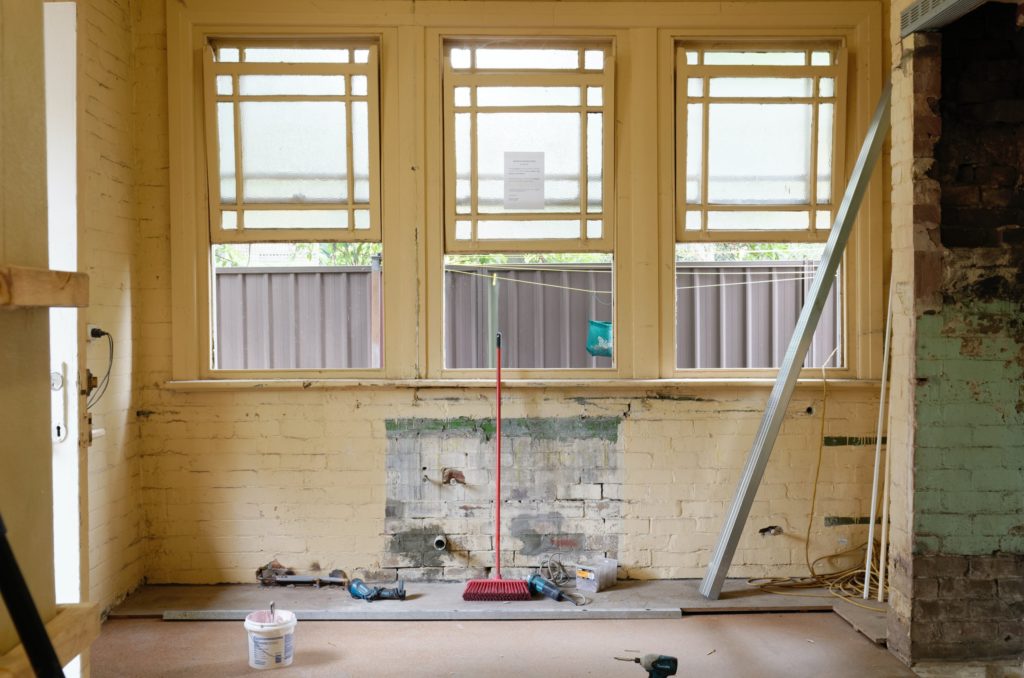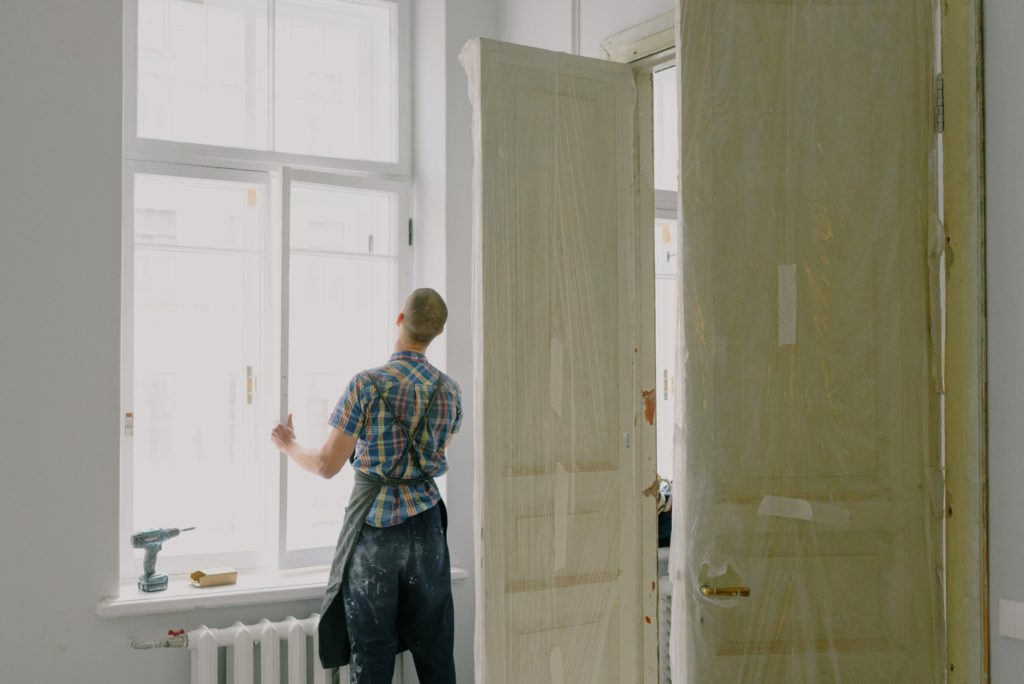In home renovation or fix & flip projects, the draw process or construction loan draw schedule is often used to finance the project. What does the draw process entail, and how can you make a construction loan draw schedule work for your next fixer-upper? Read on to learn everything you need to know about the draw process and how to avoid problems where the draw process often goes wrong.
What’s the Draw Process and How Does It Factor Into Home Renovations?
Essentially, in real estate investing, the draw process refers to the construction loan draw process. Construction loans are popular housing loans for investors working on fix & flip or fixer-upper projects. These loans are similar to a line of credit as they can be drawn against as needed.
For simplicity, construction loans can be defined by the following elements:
- Construction loans are often used to build homes from the ground up or for major renovation projects.
- Construction loans have a progressive drawdown, which means the loan amount is received through installments.
- Construction loans are short-term loans that convert to permanent mortgages.
- Construction loans often have higher interest rates and fees compared to traditional mortgages.
Ultimately, construction loans are popular, as funds can be taken out through the draw process, typically at a monthly level. This flexibility benefits real estate investors working on fix & flip projects, as portions or draws are released for pre-designated stages. These stages can be something like pouring the foundation or rebuilding the roof, or simply periodically on a month-to-month or week-to-week basis. Overall, the draw process setup is great for home renovation projects since it enables real estate investors to stay on budget and better prepare for individual projects as they come up in the renovation process.
Steps in the Draw Process
Construction loans and the entire draw process are quite tedious and require a lot of paperwork to be completed throughout the duration of the loan. However, simply stated, the draw process in construction loans consists of the following three steps.
- Contact us and request a draw inspection.
- Create a draw schedule (and provide tips on setting up an optimal schedule).
- Get an inspection conducted to assess the work done based on the rehab budget.
How the Construction Loan Draw Process Can Go Wrong
While construction loans are good housing loans in some investment circumstances, they aren’t always the best option for investors. Here are some of the top ways the construction loan draw process can go wrong, leading to an unsuccessful fix & flip project.
- The draw process can be long and drawn out, preventing you from obtaining funds when you need them most.
- Construction loans can force you to refinance at a higher rate.
- Lender fees for construction loans are higher than any other loan type.
- A lack of communication between investors, builders, and the lender can lead to costly mistakes that sabotage the entire fix & flip investment project.
How Lendmarq Can Help Finance Your Next Fix & Flip Investment
Sometimes the best way to secure a home loan for a fix & flip investment is through a private lender like Lendmarq. Private loan providers like Lendmarq offer more flexibility in lending options. Lendmarq can also provide 90% of the total project cost and 100% of any needed renovation costs.
If you’re ready to secure a housing loan for your next fix & flip investment, contact Lendmarq today!




